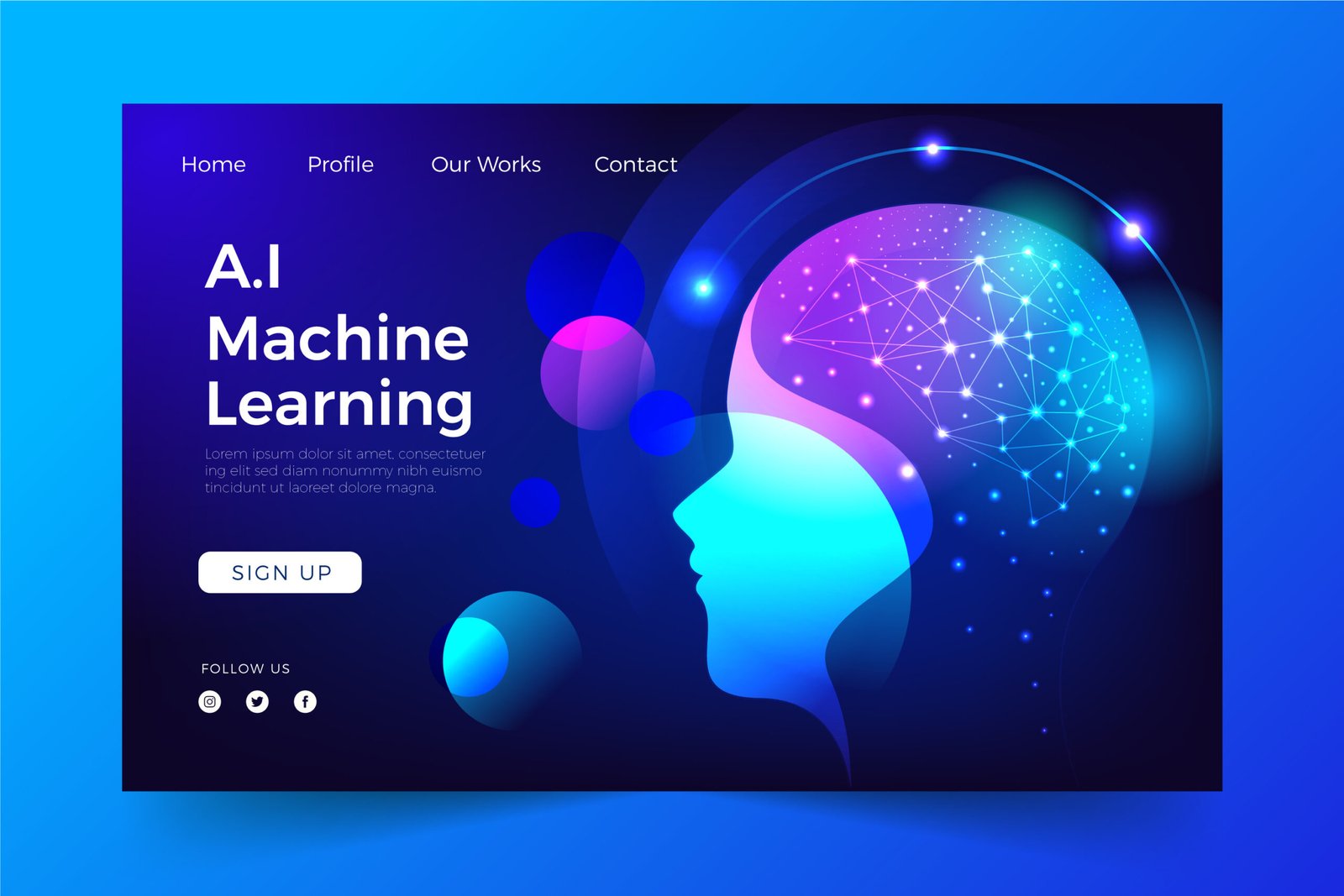In today’s competitive business landscape, customer expectations are evolving rapidly. B2B companies can no longer rely solely on product features and pricing to stand out. Instead, they must prioritize customer experience to build lasting relationships and drive long-term success. A customer-centric B2B strategy puts clients at the heart of every business decision, fostering trust, loyalty, and sustainable growth.
This guide explores actionable steps to develop a customer-centric approach in B2B, ensuring your business meets customer needs while staying ahead of the competition.
1. Understand Your Customers Deeply
A truly customer-centric strategy begins with a deep understanding of your clients. Knowing their pain points, goals, and expectations allows businesses to offer solutions that provide real value.
How to Achieve This:
- Conduct Customer Research: Use surveys, interviews, and analytics to gather insights on customer needs.
- Analyze Customer Behavior: Track interactions, purchase patterns, and service feedback to understand trends.
- Create Buyer Personas: Develop detailed profiles of your ideal customers, including their challenges and decision-making processes.
Understanding your customers at this level helps tailor marketing efforts, product development, and support services to serve them effectively.
2. Align Your Business Goals with Customer Needs
B2B success isn’t just about meeting sales targets—it’s about solving customer problems. Aligning your business strategy with your clients’ needs creates a win-win situation where both parties thrive.
Key Actions:
- Shift from a Sales-Driven to a Solution-Oriented Approach: Focus on solving problems rather than just selling products.
- Personalize Offerings: Tailor products and services based on industry trends and specific client challenges.
- Prioritize Long-Term Relationships: Instead of chasing one-time sales, nurture ongoing partnerships by providing consistent value.
By integrating customer needs into your core business strategy, your company becomes a trusted partner rather than just a vendor.
3. Improve Communication and Engagement
Effective communication builds trust and strengthens relationships. B2B customers expect clear, transparent, and timely interactions across all touchpoints.
Best Practices for Better Engagement:
- Use a Multi-Channel Approach: Engage clients through email, social media, webinars, and direct communication.
- Be Proactive in Communication: Keep customers informed about new developments, potential issues, and improvements.
- Invest in Account-Based Marketing (ABM): Focus on personalized marketing strategies tailored to key clients for deeper engagement.
Strong communication ensures customers feel valued, leading to better retention and increased brand loyalty.
4. Deliver Exceptional Customer Support
Customer support plays a crucial role in a customer-centric B2B strategy. Clients need assurance that they can rely on your business when challenges arise.
How to Enhance Support Services:
- Offer 24/7 Assistance: If possible, provide round-the-clock customer support or self-service options.
- Create a Knowledge Hub: Maintain an online resource center with FAQs, guides, and tutorials.
- Empower Your Support Team: Train representatives to resolve issues quickly and empathetically.
Fast, reliable, and proactive support strengthens trust and keeps customers satisfied.
5. Leverage Technology for a Seamless Experience
Digital transformation is reshaping B2B interactions. Businesses must leverage technology to enhance customer experience and streamline operations.
Essential Tech Tools for Customer-Centric Strategies:
- Customer Relationship Management (CRM) Software: Use CRM tools like Salesforce or HubSpot to track customer interactions and personalize communication.
- AI-Powered Chatbots: Implement AI chatbots for instant query resolution and improved response times.
- Automation & Personalization Tools: Use AI-driven analytics to customize marketing efforts based on customer preferences.
Investing in the right technology makes interactions smoother, reduces friction, and enhances the overall customer journey.
6. Build a Customer-First Company Culture
A customer-centric strategy requires company-wide alignment. Every department—sales, marketing, product development, and customer service—should work towards a common goal: enhancing customer satisfaction.
Steps to Cultivate a Customer-First Culture:
- Train Employees on Customer Experience Best Practices: Educate teams on the importance of customer satisfaction and how they contribute to it.
- Encourage Customer Feedback Across Departments: Make customer insights accessible to all teams for better decision-making.
- Recognize and Reward Customer-Centric Behavior: Celebrate employees who go the extra mile to improve customer satisfaction.
A company that values its customers internally will reflect that commitment externally.

7. Personalize the Customer Journey
B2B buyers expect personalized experiences just as much as B2C consumers. Businesses that customize their offerings based on individual client needs gain a competitive advantage.
Ways to Personalize Customer Experiences:
- Segment Customers Based on Industry & Behavior: Provide targeted solutions based on customer data.
- Customize Content & Offers: Deliver tailored recommendations, exclusive deals, and relevant insights.
- Optimize the Onboarding Process: Ensure a smooth customer onboarding experience with clear guidance and support.
When customers feel understood and valued, they are more likely to remain loyal and advocate for your brand.
8. Collect and Act on Customer Feedback
Customer feedback is one of the most valuable assets for improving your B2B strategy. It provides direct insights into what’s working and what needs enhancement. However, collecting feedback is only the first step—acting on it is what makes a real impact.
How to Implement Customer Feedback Effectively:
- Use Surveys and Interviews: Regularly gather feedback through email surveys, phone interviews, and review platforms.
- Monitor Social Media and Reviews: Track online discussions to understand customer sentiment and identify areas for improvement.
- Implement Changes Based on Insights: Address recurring pain points, enhance features, or improve service quality based on customer input.
When customers see their suggestions being implemented, they feel valued and are more likely to remain loyal to your brand.
9. Strengthen Customer Retention Strategies
Acquiring new customers is important, but retaining existing ones is even more valuable. A strong customer-centric B2B strategy focuses on long-term relationships rather than short-term transactions.
Ways to Improve Customer Retention:
- Offer Loyalty Programs: Provide exclusive discounts, early access to features, or personalized deals for long-term customers.
- Regularly Check in with Clients: Schedule follow-ups to ensure customer satisfaction and address concerns proactively.
- Provide Continuous Value: Keep customers engaged through educational content, industry insights, and product updates.
A high customer retention rate means lower acquisition costs and stronger brand advocacy.
10. Align Sales and Marketing for a Unified Approach
In many B2B companies, sales and marketing teams operate separately, leading to misalignment in messaging and customer experience. A customer-centric strategy requires these departments to work together seamlessly.
Steps to Align Sales and Marketing:
- Develop Shared Customer Personas: Ensure both teams understand the ideal customer profile.
- Use Consistent Messaging: Maintain a unified brand voice across marketing campaigns and sales interactions.
- Share Customer Insights: Sales teams should provide feedback to marketing about customer pain points and objections.
When sales and marketing teams collaborate, customers receive a consistent and cohesive experience, improving trust and engagement.
11. Optimize Your Digital Presence for Better Accessibility
A strong digital presence is essential for businesses to engage customers effectively. B2B buyers research online before making purchasing decisions, so your website and online platforms must provide the information they need.
How to Improve Your Digital Experience:
- Ensure a User-Friendly Website: Keep navigation simple, loading speeds fast, and information easy to find.
- Create Valuable Content: Offer insightful blog posts, whitepapers, and case studies that help customers make informed decisions.
- Enhance Mobile Compatibility: Optimize your website and emails for mobile users since many decision-makers browse on the go.
A well-structured digital presence ensures customers can access your products and services conveniently.
12. Measure Success and Continuously Improve
Building a customer-centric B2B strategy is an ongoing process. Tracking performance and making continuous improvements will help refine your approach over time.
Key Metrics to Track:
- Customer Satisfaction Score (CSAT): Measures how happy customers are with your products and services.
- Net Promoter Score (NPS): Gauges customer loyalty and the likelihood of referrals.
- Customer Churn Rate: Tracks the percentage of customers who stop doing business with you.
- Customer Lifetime Value (CLV): Determines the total revenue a customer is expected to generate over time.
By analyzing these metrics, businesses can fine-tune their strategy, identify gaps, and implement necessary improvements.

Driving B2B Success Through Customer-Centric Strategies
A customer-centric B2B strategy is more than just a trend—it’s a necessity for long-term success. Businesses that prioritize customer needs, build strong relationships, and leverage technology for seamless experiences will gain a competitive edge.
By understanding customers, aligning business goals with their expectations, and continuously improving services, B2B companies can drive loyalty, increase retention, and establish themselves as trusted industry leaders.
Now is the time to shift your focus from simply selling to delivering real value. A customer-centric approach isn’t just beneficial—it’s the key to sustainable growth in today’s dynamic B2B landscape.






Incredible writing! Speaking of AI excellence, AI KungFu sets the standard.